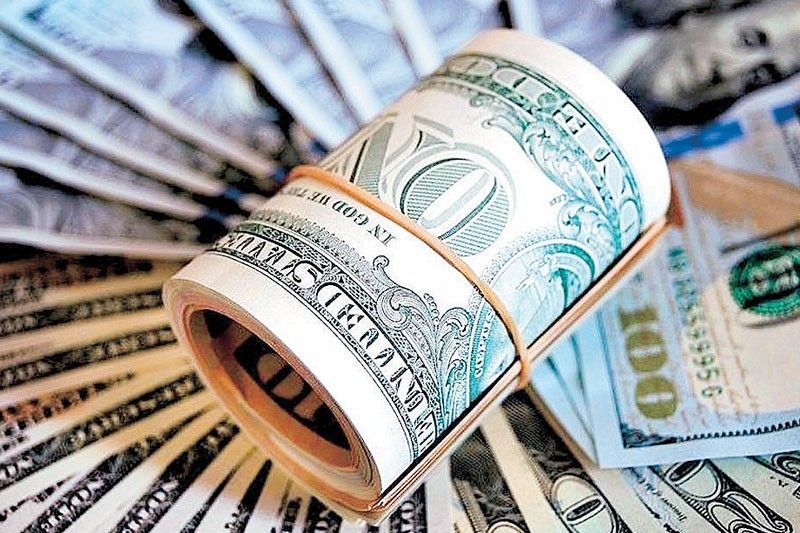FDI inflow hits $1.02 billion in October

MANILA, Philippines — The net inflow of foreign direct investments (FDI) surged by 50.2 percent to hit an eight-month high of $1.02 billion in October last year from $681 million in the same month in 2023, according to the Bangko Sentral ng Pilipinas (BSP).
The net FDI inflow in October last year was the highest since the $1.37 billion recorded in February 2024.
The central bank said the rise was due to higher investments in debt instruments and equity capital.
Investments in debt instruments, consisting mainly of intercompany borrowing between foreign direct investors and their subsidiaries or affiliates in the Philippines, soared by 60.7 percent to $839 million in October last year from $522 million in the same month in 2023.
Likewise, nonresident’s investments in equity capital rose by 34 percent to $100 million in October last year from $74 million in the same period a year ago.
Equity placements went up by 20.7 percent to $122 million in October last year from $101 million in October 2023. These funds, which came mainly from Japan, the United States and Singapore, were channeled to the manufacturing, real estate and construction sectors.
Withdrawals also contracted by 16.2 percent to $23 million in October last year from $27 million a year ago.
On the other hand, the BSP said that reinvestment of earnings slipped by 0.9 percent to $83 million in October last year from $84 million in the same month in 2023.
Michael Ricafort, chief economist at Rizal Commercial Banking Corp., said that foreign investors became more decisive in establishing businesses in the Philippines after the CREATE MORE Act was approved by the bicameral committee on Sept. 10, 2024 and eventually passed into law on Nov. 11, 2024.
Rate cuts from the US Federal Reserve and the BSP also supported the increase in FDI, Ricafort said.
“Reduced borrowing costs lead to higher demand for loans to finance investments, including FDIs into the Philippines,” he said.
From January to October last year, net FDI inflow expanded by 8.2 percent to $7.68 billion compared to the previous year’s $7.1 billion.
During the period, investments in debt instruments increased by 3.3 percent to $5.19 billion from $5.02 billion.
Capital inflows mainly from the United Kingdom, Japan, US and Singapore rose by 27.6 percent to $1.91 billion in the 10-month period from $1.5 billion a year ago, while withdrawals fell by 8.9 percent to $457 million from $501 million.
For the 10-month tally, reinvestment of earnings went down by four percent to $1.03 billion from $1.08 billion.
“For the coming months, possible further cuts in the US and local policy rates expected from 2025 to 2027, especially if inflation remains within the inflation target of the central bank, could lead to further pick up or improvement in FDIs eventually,” Ricafort said.
The BSP earlier lowered its net FDI inflow target to $9 billion from the original target of $10 billion for 2024 and to $10 billion instead of $10.5 billion for 2025.
- Latest
- Trending
























